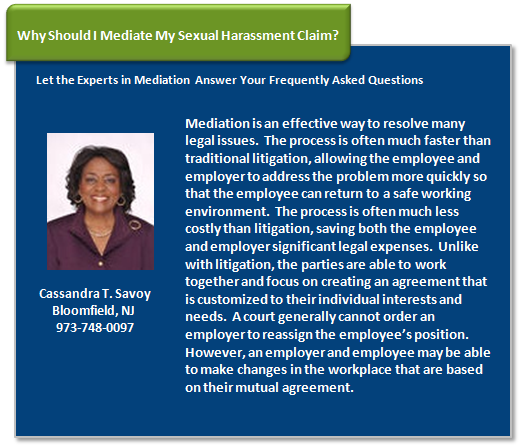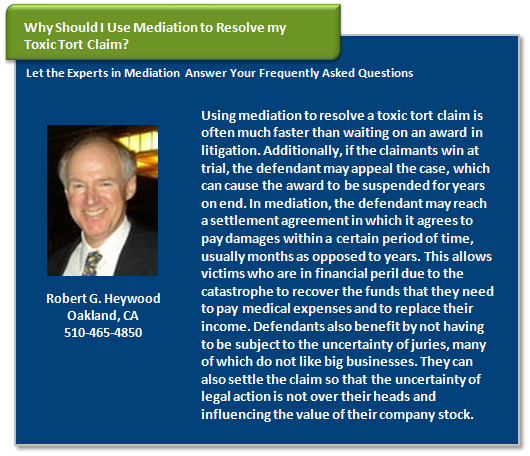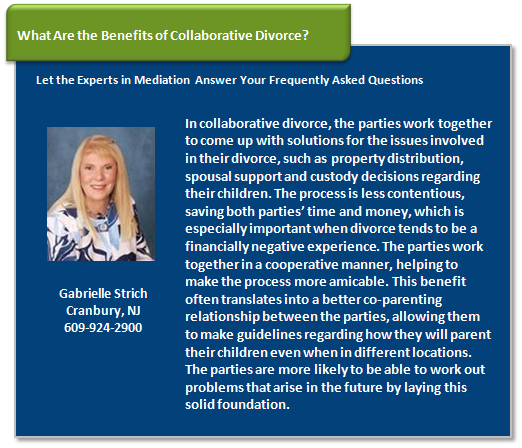
Defenses to Sexual Harassment Claims

If an employer allows an employee to be sexually harassed, the employer can face substantial economic liability. However, proving a claim of this nature is often difficult. If an employee pursues a case in court, the employer may raise many defenses.
One of the most common ways for an employer to defend a sexual harassment claim is to show that the plaintiff has not met his or her burden. Simple teasing and isolated events are often not actionable. In order for an employee to recover with a lawsuit, he or she must show by a preponderance of the evidence that the harassment was so frequent or severe that it creates a hostile work environment or that it resulted in an adverse employment action. Showing that the harassment meets this level is often difficult because the employee must generally demonstrate that the harassment altered his or her terms and conditions of employment. An employee may not have proof of the harassing contact and the case may become a he-said/she-said.
Another common defense is that the employee did not take advantage of the sexual harassment policy by giving management the opportunity to adequately remedy the problem. An accused harassing party may even claim that the conduct was welcome and not offensive.
Many employers offer mediation to help resolve issues involving sexual harassment claims. This approach allows a mediator to analyze the claim and point out any weaknesses. This conversation is often completed in private away from the other party. If both parties realize the weaknesses of their side and how an adverse decision in court can affect them, the parties may be more likely to reach a settlement. This allows the parties to resolve the claim without having to litigate the matter in court and hoping that the jury finds the testimony and evidence to weigh more heavily on their side.
April 22, 2016
How Military Divorce Rates Have Changed Over The Last Decade – The U.S. military divorce rate continued its slow but steady downward trend in 2015, marking the sixth year running that it has declined and the lowest point in a decade, according to statistics released this week by the Department of Defense.
Mortgage rates barely budge in advance of Fed meeting – Interest rates on mortgages were mostly unchanged this week as markets anticipate the Federal Reserve’s upcoming policy-setting meeting on Tuesday and Wednesday.
Read This Before You Declare Bankruptcy – Imagine being able to walk away from your debt and start over with a clean slate. That’s the picture proponents of Chapter 7 bankruptcy like to paint. Unlike Chapter 13, in which you repay at least a portion of your debt, Chapter 7 is a personal liquidation. You’ll wipe out your unsecured debts, which include medical and credit card bills, but you’ll give up your major assets (think automobiles or your home) in the process.
Robert G. Heywood

New Approach: Using Mediation to Resolve Toxic Tort Claims
 When contaminants are released into the air, water or soil, a large number of people may be affected. These legal cases are often difficult because many victims may be impacted but to varying degrees. Some people may have only suffered property damage while others may have suffered debilitating illnesses or even death. Using mediation to resolve these claims is often a prudent decision for all parties involved.
When contaminants are released into the air, water or soil, a large number of people may be affected. These legal cases are often difficult because many victims may be impacted but to varying degrees. Some people may have only suffered property damage while others may have suffered debilitating illnesses or even death. Using mediation to resolve these claims is often a prudent decision for all parties involved.
If litigated, cases of this nature often take the form of a class action. Such claims can be extremely long, potentially outlasting the lives of some of the parties involved. Further delays may be experienced by the parties as they go through the process of certifying the class. The costs of litigating these cases can often be exorbitant, potentially financially crippling the defendant and leaving many of the plaintiffs with little recovery after legal fees and costs.
Mediation tends to provide a more efficient manner to resolve such claims. Years of litigation can be condensed into one or a few mediation sessions. Mediation also allows an individualized approach. Key claimants can determine how different victims will be compensated. For example, a tiered approach may be agreed upon, allowing for greater compensation to individuals who were impacted to a greater extent. Additionally, individualized solutions regarding compensation payments may also be determined, such as providing lump-sum payments to some claimants and periodic payments to others. In mediation, specific criteria may also be used to determine the level of damages that a claimant is entitled to. This process may result in some claimants being required to submit medical documentation that supported their claim for damages; while others may receive automatic payment based on the defendant’s admission that contamination occurred within a certain radius.
Key Aspects of Collaborative Divorce
 Historically, divorce has been a contentious process, often being labeled as “bitter” by spectators. However, divorce is in essence a business deal. The spouses must usually reach some solution regarding their existing assets, child custody, visitation and child support matters. Most divorces end in settlement. Collaborative divorce provides an alternative to the adversarial process involved in most divorces.
Historically, divorce has been a contentious process, often being labeled as “bitter” by spectators. However, divorce is in essence a business deal. The spouses must usually reach some solution regarding their existing assets, child custody, visitation and child support matters. Most divorces end in settlement. Collaborative divorce provides an alternative to the adversarial process involved in most divorces.
Cooperation
One key aspect of collaborative divorce is the emphasis on cooperation. In an adversarial divorce, the parties often take opposing sides on major issues and have their attorneys’ battle out a negotiation. In collaborative divorce, the parties work together and come up with solutions that work for them and their families.
Focus on the Future
In some divorce cases, the emphasis tends to be on the past. One party may feel aggrieved and entitled to a greater stake of the marital estate because he or she has been wronged. In collaborative divorce, the focus is on the future. The parties think about how they will both be able to survive and thrive after the divorce. More thought goes into the settlement process which focuses its attention on making both parties solvent after the divorce.
Customization
Many court orders include standard language that is given to many different couples in different situations. A collaborative divorce focuses on the individual needs and interests of the parties. Agreements that are brought about by collaborative divorce are often much more detailed and thorough as they showcase the actual intent of the particular parties involved, rather than providing a basic roadmap in a generic manner. When parties are instrumental in the creation of the agreement, they are more likely to abide by the terms than when an order is simply imposed on them by another individual.
Gabrielle Strich





